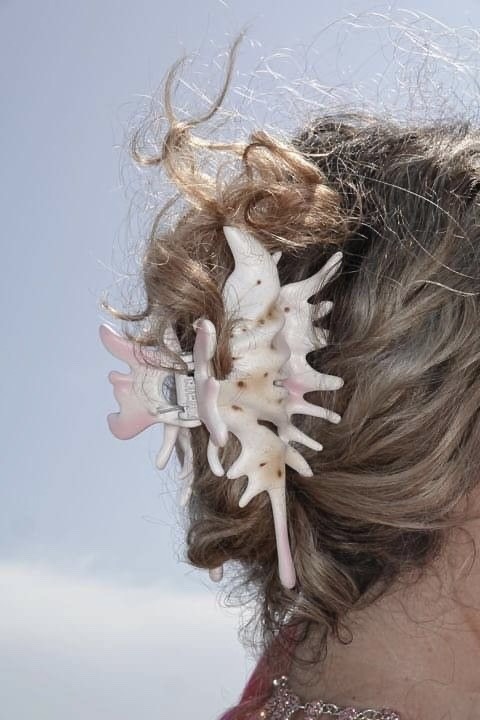#sea shells
Text



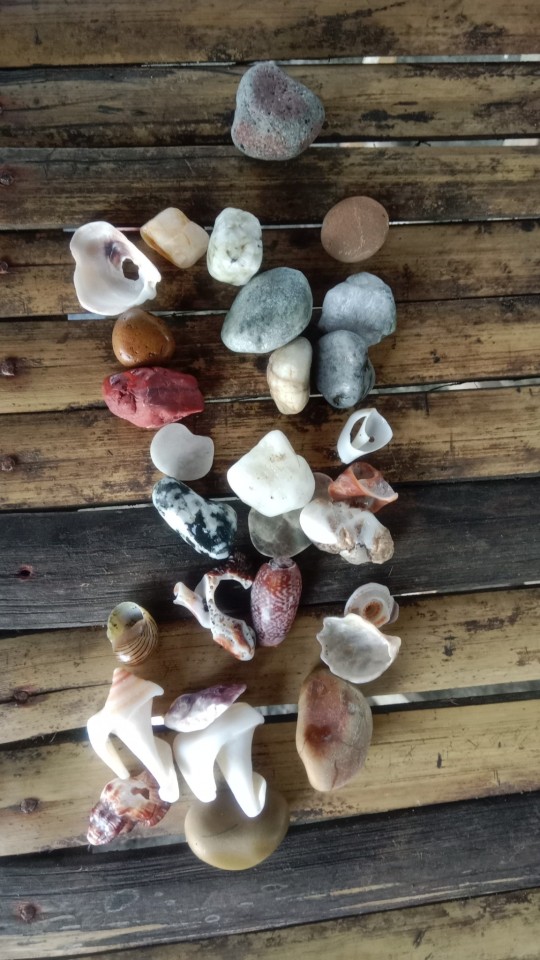

I love collecting shells & rocks as it will be the treasure I'll leave behind when I'm gone from this world—reminds me of Earth ⋆。˚𖦹🐚₊ ⊹
43 notes
·
View notes
Text
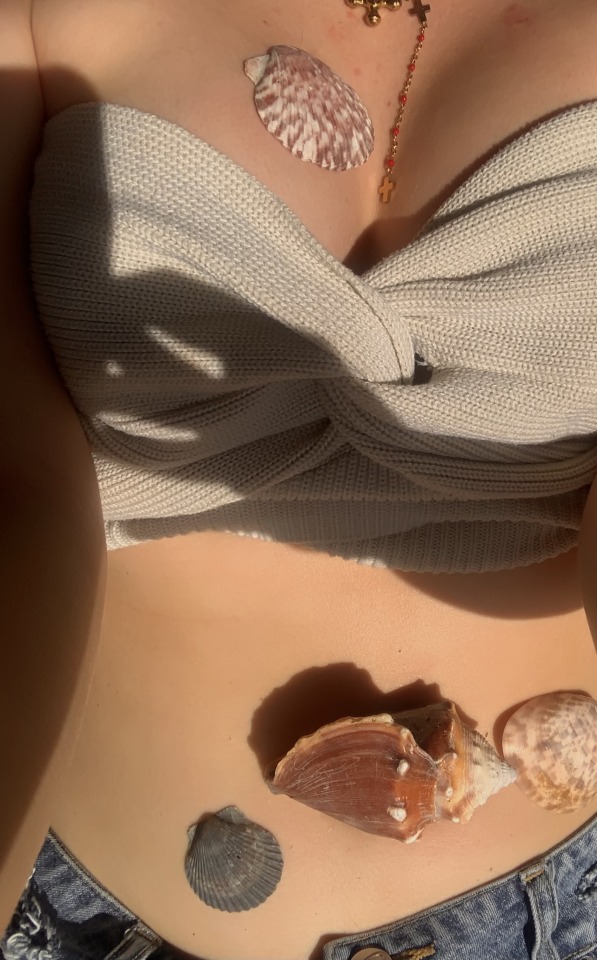
24 notes
·
View notes
Text

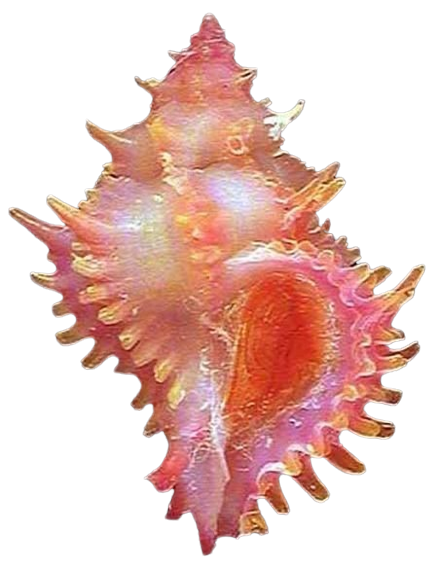
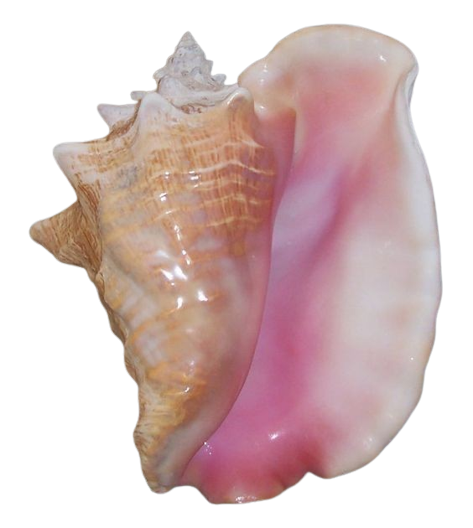
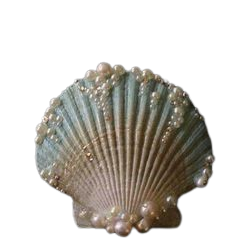
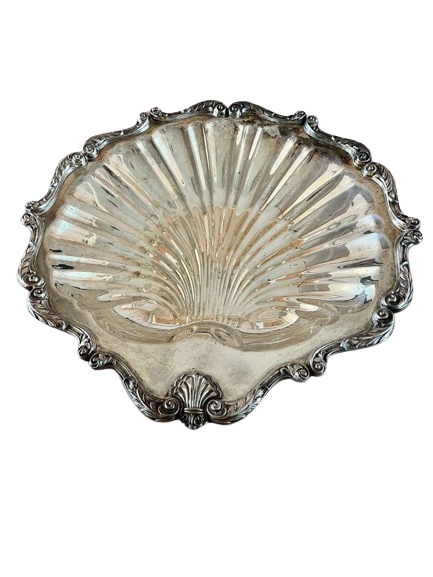




#png#pngs#shells#sea#ocean#sea shells#seashell#seacore#oceancore#mermaidcore#mermaid#pink#blue#purple#iridescent#nautical
16K notes
·
View notes
Text

3K notes
·
View notes
Text


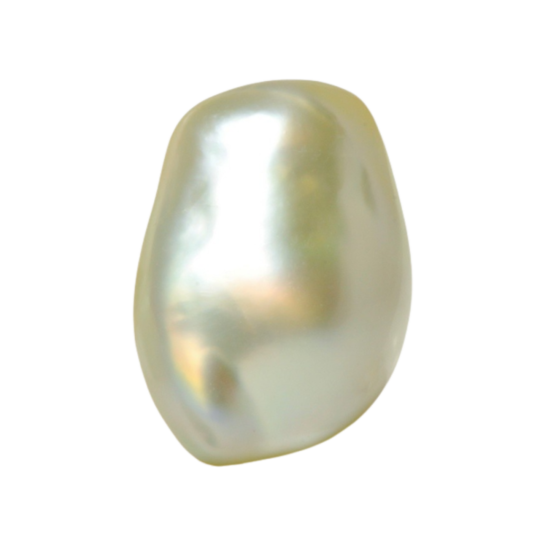
౨ৎ༉‧₊˚✧ .Pearl, 0444 ، .˓ ִֶָ 𖥔

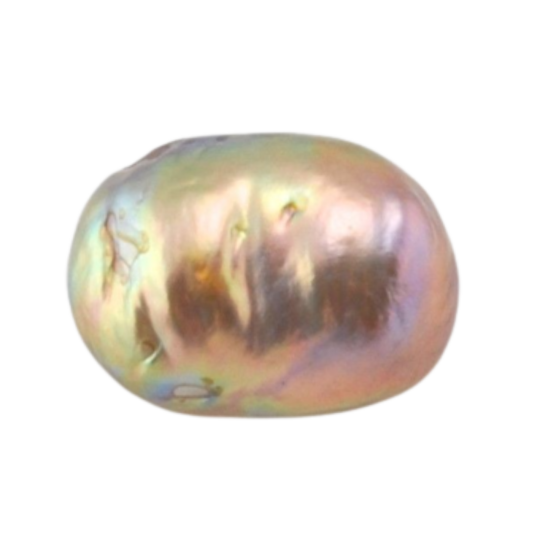

#⏜︵♡︵⏜︵୨🦪୧︵⏜︵♡︵⏜#png by me#icons#png#moodboard#messy#alternative#messy moodboard#alternative moodboard#png icons#inspo#pearl#pearl icons#mermaidcore#mermaidcore moodboard#mermaid#sea shell png#sea shells#random icons#transparent icons#transparent#transparent png
7K notes
·
View notes
Text

2K notes
·
View notes
Text
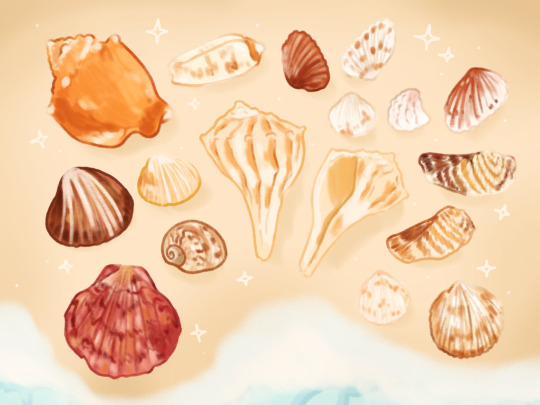
Gifts from the sea 🐚✨💛
#drawing#art#artists on tumblr#myart#illustration#doodles#my art#doodle#cute#sea shells#shells#beach#beach combing
1K notes
·
View notes
Text

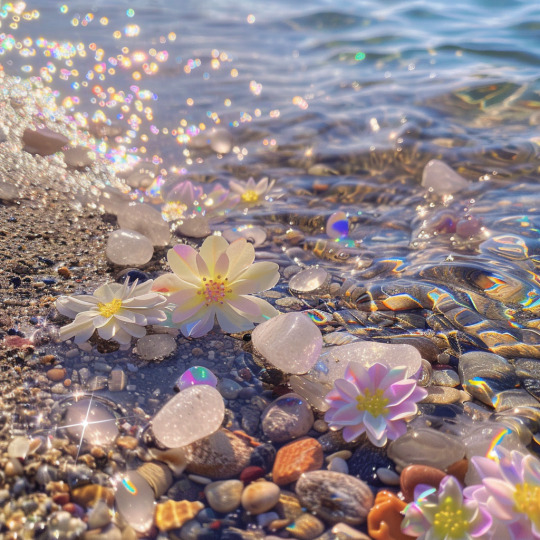
#aesthetic#ai art#digital art#colors#lofi#nostalgia#retrowave#video game#concept art#art#dreamscape#unreality#vibes#pink#dreamcore#liminal#pastel#Vaporwave#ocean#beach#sea shells#flowers#pebbles
737 notes
·
View notes
Text



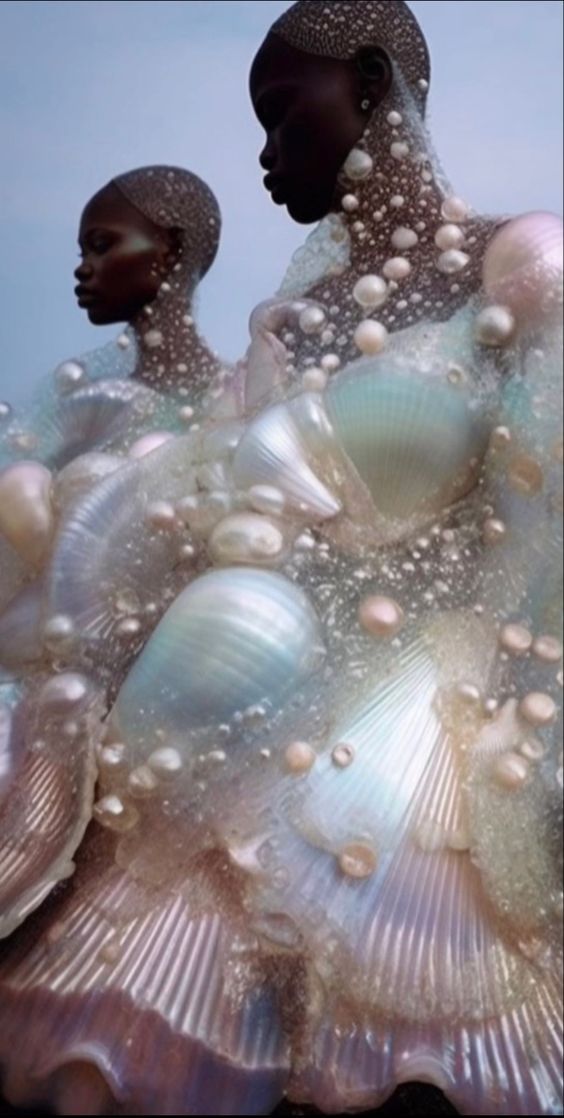



illusorybeauty
25wThey hold the sounds of crashing waves and the songs that mermaids sing.
#black beauty#ai#ai generated#ai photography#sirens#mermaidcore#seacore#black mermaid#mermaid#black women#natural hair#sea shells#beach#fantasy#black woman#bridal#beauty#dark skin#fantasy art
2K notes
·
View notes
Text
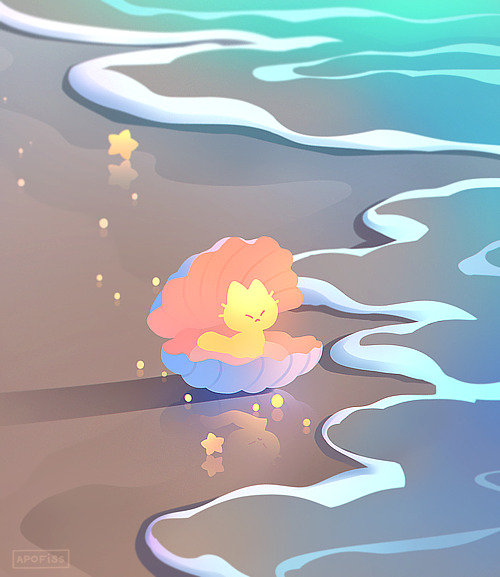

Seashell cat chillin' (=`ω´=)🏖️ Mobile wallpaper size on Patreon! LINK!
559 notes
·
View notes
Text
"Discarded shells from restaurants and hotels are being used to restore damaged oyster ecosystems, promote biodiversity and lower pollution in the city’s bays...
Nestled in between the South China Sea and the Pearl River Delta, Hong Kong has been seen historically as an oyster hotspot. “They have been supporting our livelihood since ancient times,” says Anniqa Law Chung-kiu, a project manager at the Nature Conservancy (TNC) in Hong Kong. “Both oysters and their shells are treasures to humans.”
Over the past five decades, however, the city’s sprawling urban development, water pollution, as well as the over-harvesting and frequent seafloor dredging by the lime industry – which uses the crushed shells to make construction material – have destroyed Hong Kong’s oyster habitats and made the waters less hospitable for biodiversity.
The more oyster colonies falter, the worse the problem gets: oysters are filter feeders and purify water by gobbling up impurities. Just one Hong Kong oyster can filter up to 200 litres of water a day, more than any other known oyster species. But decades of rapid industrialisation have largely halted their water-purifying services.
The depletion of Hong Kong’s natural oyster reefs also affects the ability of local farmers to sustainably cultivate their oysters in a healthy environment, denting the reputation of the city’s 700-year oyster farming tradition, designated by Unesco as an “intangible cultural heritage”.
Inhabitants of the coast feel abandoned, says Ken Cheng Wai-kwan, the community leader of Ha Pak Nai on Hong Kong’s Deep Bay, facing the commercial city of Shenzhen in China. “This place is forgotten,” Cheng says. “Oysters have been rooted here for over 400 years. I ask the question: do we want to lose it, or not?”
A group of activists and scientists are taking up the challenge by collecting discarded oyster shells and recycling them to rebuild some of the reefs that have been destroyed and forgotten in the hope the oysters may make a comeback. They’ve selected locations around the island where data they’ve collected suggests ecosystems still have the potential to be rebooted, and there are still enough oyster larvae to recolonise and repopulate reefs. Ideally, this will have a positive effect on local biodiversity as a whole, and farming communities.
Farmers from Ha Pak Nai were among the first to hand over their discarded shells to the TNC team for recycling. Law’s team works with eight oyster farmers from Deep Bay to recycle up to 10 tonnes of shells every year [over 22,000 pounds]. They collect an average of 870kg every week [over 1,900 pounds] from 12 hotels, supermarkets, clubhouses and seafood restaurants in the city, including some of its most fashionable establishments. About 80 tonnes of shells [over 176,000 pounds] have been recycled since the project began in 2020.
Restaurants will soon be further incentivised to recycle the shells when Hong Kong introduces a new fee for waste removal – something that is routine in many countries, but only became law in Hong Kong in July and remains controversial...
Preliminary data shows some of the restored reefs have started to increase the levels of biodiversity, but more research is needed to determine to what extent they are contributing to the filtering of the water, says Law.
Scientists from the City University of Hong Kong are also looking to use oyster shells to increase biodiversity on the city’s concrete seawalls. They hope to provide tiny, wet shelter spots around the seawall in which organisms can find refuge during low tide.
“It’s a form of soft engineering, like a nature-based solution,” says Charlene Lai, a research assistant on the team."
-via The Guardian, December 22, 2023
#oyster#oyster farming#sea shells#seafood#hong kong#ecosystem restoration#biodiversity#ecosystem#water pollution#clean water#cultural heritage#marine life#marine animals#marine science#good news#hope
793 notes
·
View notes
Text


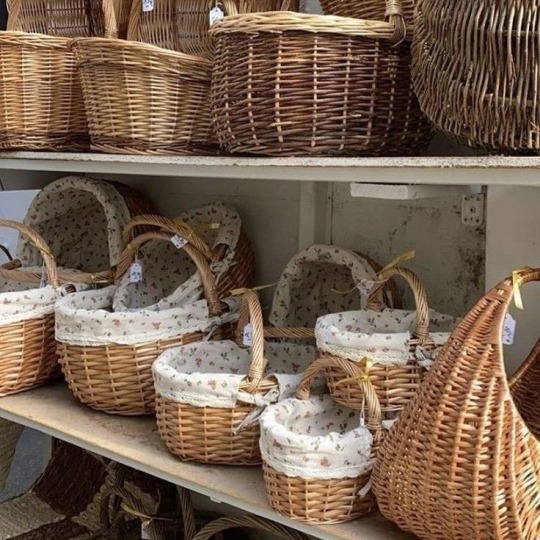



#lovely summer vibes#cottagecore#summer aesthetic#nature#naturecore#alternative aesthetic#flowers#flowercore#warmcore#mosaic#sea shells
3K notes
·
View notes
Text

Sea shells by the sea shore at sunrise
#original photography#photographers on tumblr#landscape photography#sea shells#photography#sunrise#juno beach#4:3 photography#om system#om 1#rafefar
448 notes
·
View notes
Text

Mesmerizing Mimosas…
Tanya Luca
#tanya luca#photographers on tumblr#black and white photography#black and white#about photography#photobook#photo art#photoblog#photo collection#buy books#buy books online#photo archive#photo poetry#mimosa#spring#still life#flowers#yellow flowers#spring flowers#spring is here#spring is in the air#photography#great photographers#art books#book author#shell#sea shells
428 notes
·
View notes


